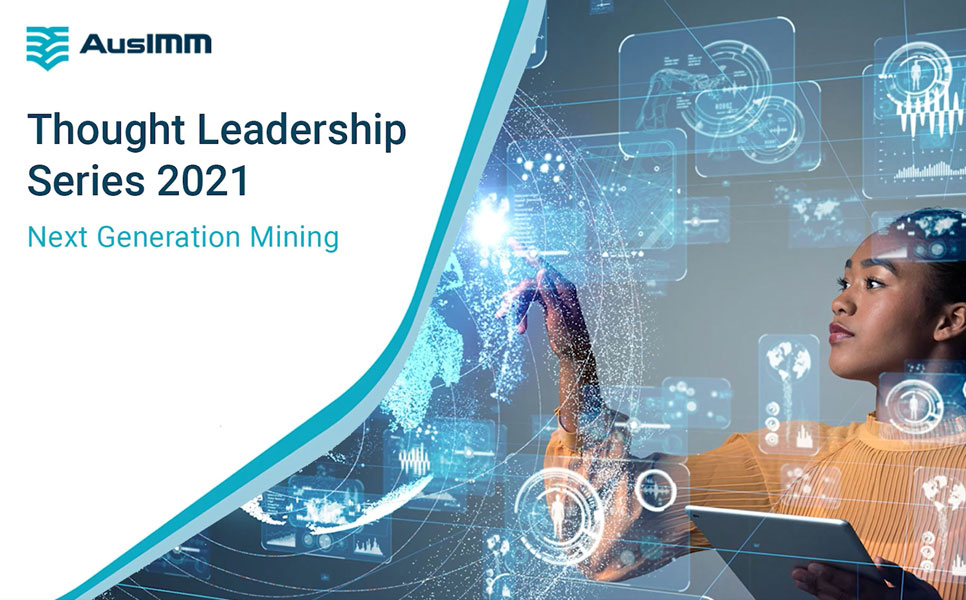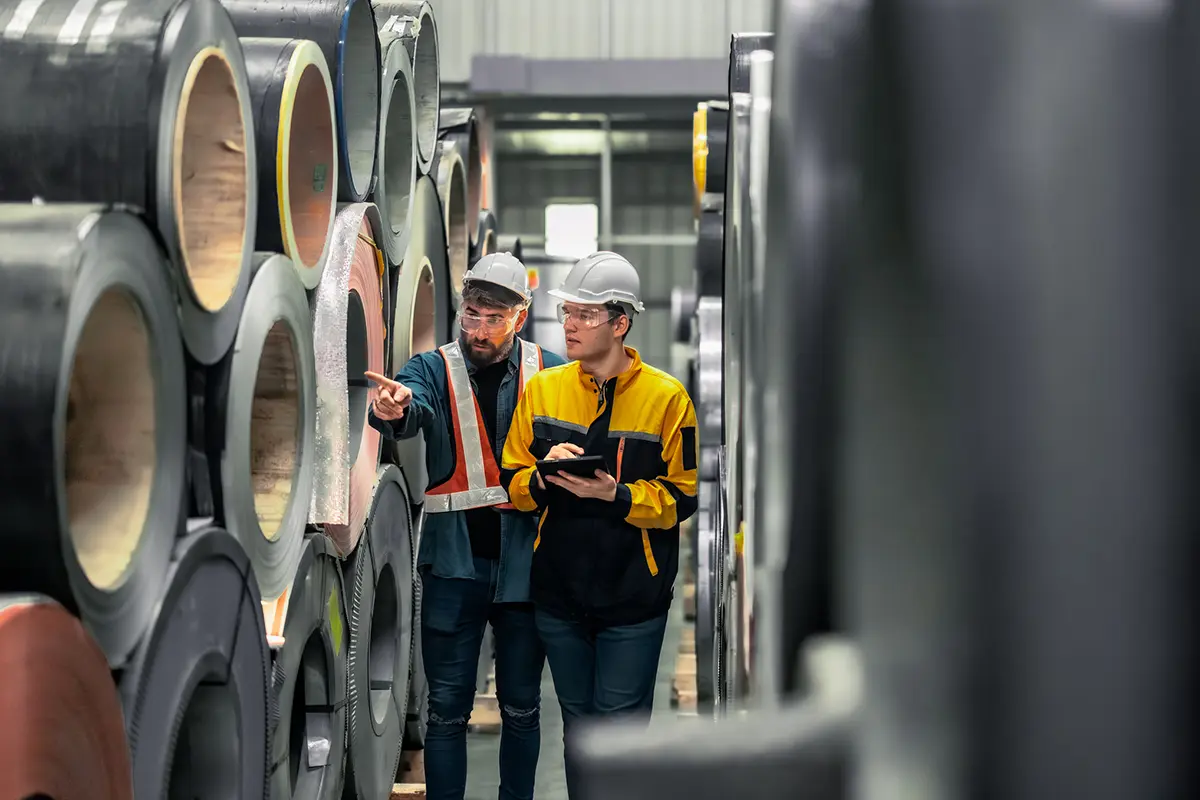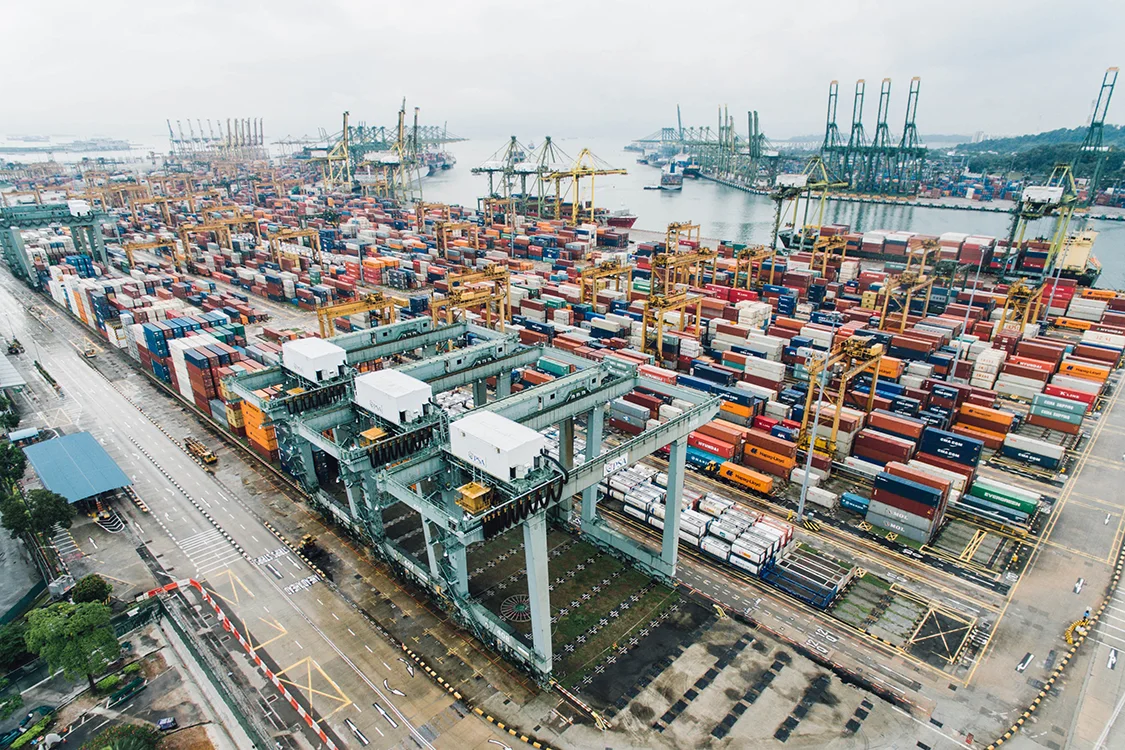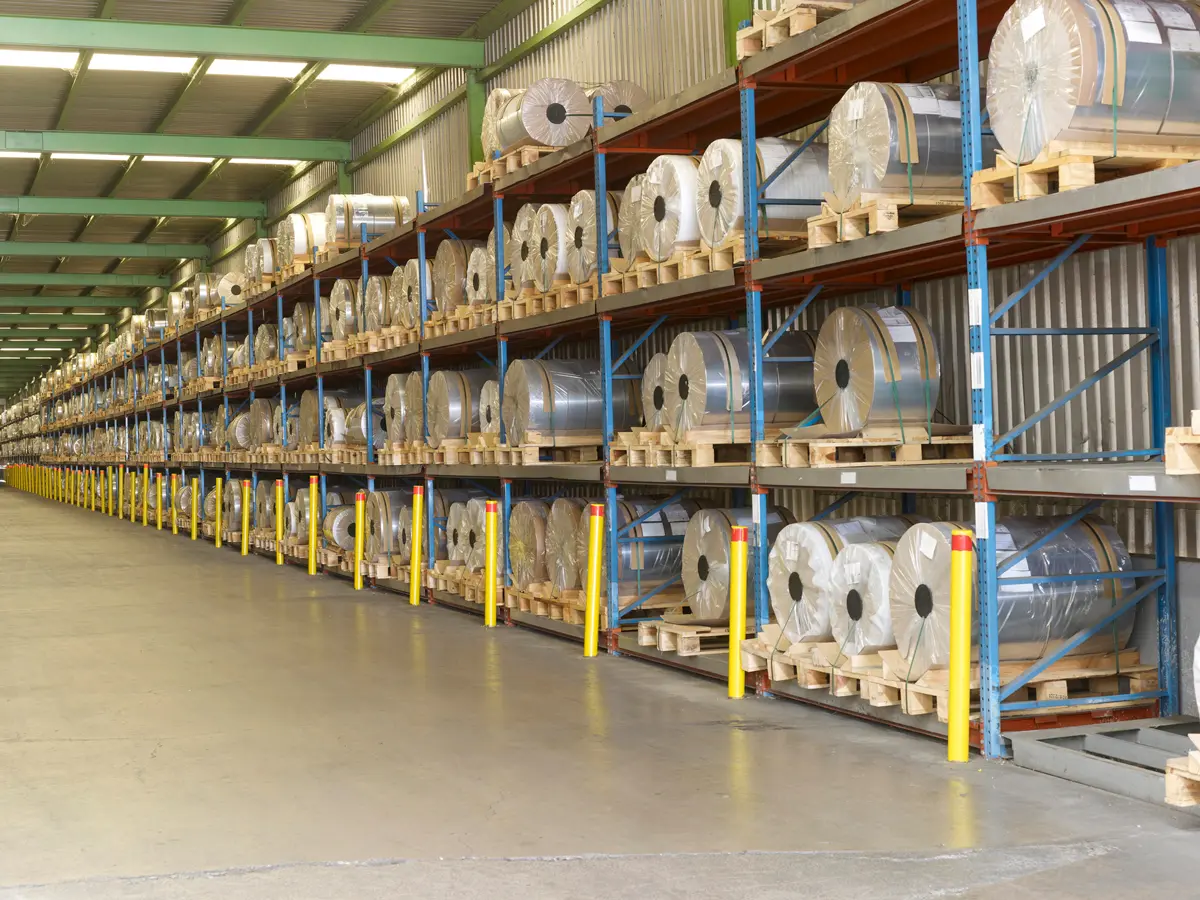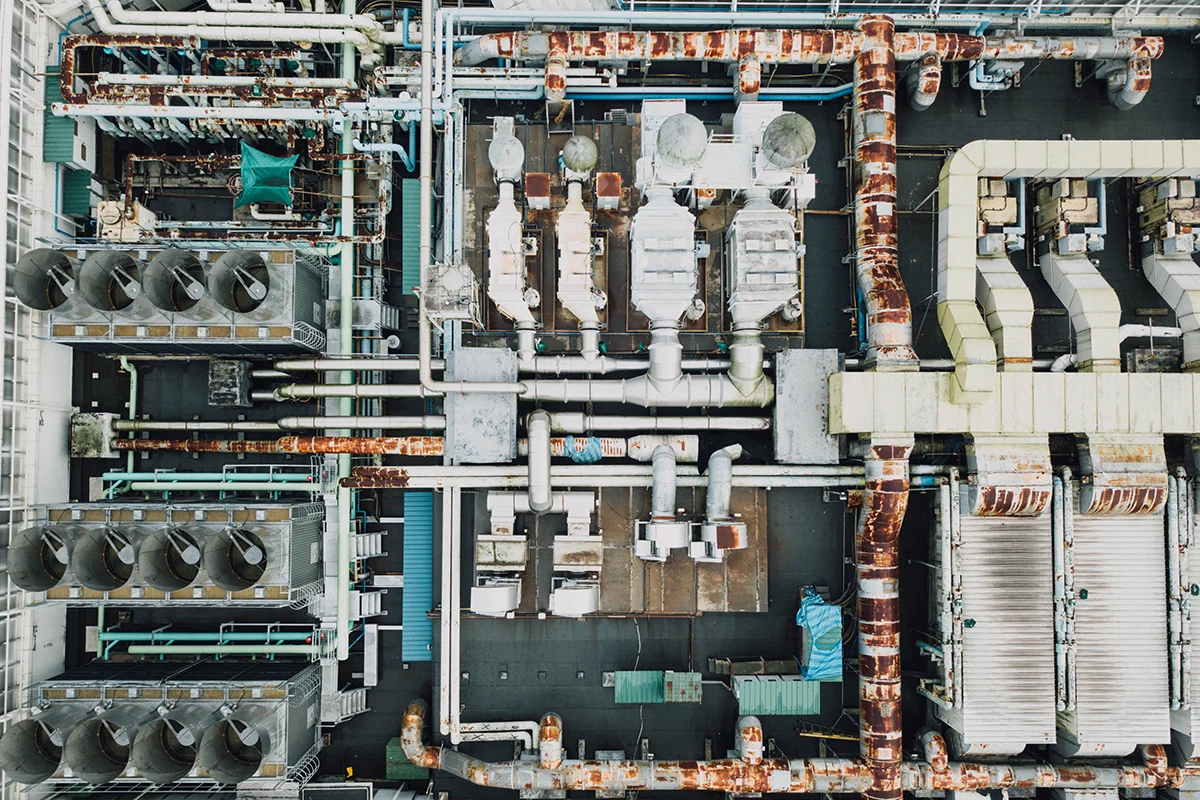To explore questions like these, John Vagenas recently joined three other industry leaders – Adrian Beer, Chief Executive Officer METS Ignited; Mark Davies, Group Executive, Safety, Technical and Projects, Rio Tinto; and Dr Sharna Glover, Chief Executive Officer, Imvelo Pty.Ltd – at the AusIMM 2021 Thought Leadership Series.
Here, we summarise John’s responses to the Q&A panel. You can watch the full session here.
Q: What does innovation mean to you?
A: Broadly, innovation is all about new ideas and new ways to look at things. I like to focus in on adoption, or how innovation happens. In my view, it’s all about technology, people, and process. Without having those three things in place, nothing happens. Technology on its own does nothing. You need people and process to generate new ideas and then realise the benefits of that innovation.
Q: There are plenty of good ideas out there. But they get stuck when ‘dinosaurs’ either squash the ideas or the process that allows those ideas to come through. How do we overcome the ‘dinosaurs’?
A: You’ve just hit on one of my biggest frustrations. You’re right – there are so many great technologies out there, and most of them are proven elsewhere, even within our industry. But there is a real problem with adoption of technology, particularly within the Australian resource sector.
While there may be a rapid uptake globally – thanks to engaged leadership and people wanting to make things happen – there is a lot of inertia in Australia. Here, leaders maintain the status quo, unwilling to try something new. And the bigger the organisation is, the more difficult it becomes. This is because many innovations, by their nature, are disruptive. If you implement a technology, the rest of the organisation may find it so disruptive that they try to choke it out. The key to success here is engaged leadership and a willingness to adopt change.
Q: Why do we need to innovate? And how will innovation give Australia its competitive advantage?
A: Mining is about so much more than digging. Everything we use in society today is either dug or grown out of the ground. In mining, the first step is finding and identifying resources, and then extracting them. But there’s so much more to it – all the downstream refining processes required along the way to make the materials that are then used in manufacturing.
From where I sit, Australia is almost regressing to be just a quarry. But we are so much more. We have an incredibly educated workforce and incredible resources. We should be doing more – particularly in downstream processing and manufacturing. Mining starts the process off, and we need to continue it.
Q: This manufacturing downstream piece plays out across industries. What does the mining industry need to do to stimulate conversations about onshoring and supply chain innovation?
A: We have a once-in-a-lifetime opportunity to really rebuild that sovereign capability around manufacturing in Australia. I read somewhere that we ship out $100 million of lithium, which is turned into $70 billion worth of batteries elsewhere. We have the capability and the resources. Really, the only thing stopping us is energy – cheap accessible energy. While it’s important that we look at green energy, we must also be realistic and come up with credible plans to ensure it can happen in a carbon-friendly way.
Q: If you were totally unconstrained, what would be the most radical business model innovation you could think of to transform the industry as we know it?
A: If I could be less radical, I think our industry needs to take a lot of steps from where we are now – even in areas like reporting on our performance. If you think about digital transformation and how it benefits the industry, it makes data accessible, auditable, and contextual. Then, you can make a lot of things happen and you can improve your processes and outcomes. I don’t think we have to be too radical – we just have to adopt technology that’s already proven all over the world and start applying it. Until we do that, we can’t deliver on ESG or sustainable production, and we’re never going to able to produce the amount of nickel we need for batteries by 2050 to be to carbon neutral.
Q: Beyond the manufacturing that’s being proposed at the moment, what is one piece of technology or innovation that could ensure Australia benefits from resources in perpetuity?
A: Think about this. If you dig up a magnesium ore, it’s worth $60 a tonne. If you process it into pure magnesia using energy, its $300 a tonne. If you make it into dead burn magnesia, it’s $600 a tonne for the same parcel. If you then make it pure enough to go into cosmetics, it’s now $6,000 a tonne.
As this example shows, to extract maximum value out of our finite resources, we need to process it into its highest value commodity – which we then use in something else – rather than shipping it overseas at a low value. There’s so much to be gained in processing minerals ourselves.
Q: The objective of most mineral resource legislation is to optimise the resource for people’s use. Are the people demanding enough in terms of what that optimal use is?
A: Where things come from is not well understood in society. And that’s probably the biggest barrier that we have. People don’t realise that the mining industry provides them with the glass they drink their orange juice from. It makes the knife they use to cut things. It makes all the components of circuitry used in daily life. Because people don’t understand enough about where things come from, they don’t demand more. Even now, everyone is very demanding about decarbonisation – but in NSW, we produce all our power from coal. If we turn the coal fired power stations off, it will be an unmitigated disaster. Instead, we need to ask how to move away from that in a sensible, structured way.
Q: Years ago, the mining industry was quite well respected. But we’ve dropped the ball in a big way over the last couple of decades. What are your thoughts about applying innovative thinking to get us back on track with the wider population?
A: It’s up to all of us to communicate that working in the mining industry is actually a lot cooler than working at Google or Apple. From a technology viewpoint, we’re working at the cutting edge. When we digitally transform, we’ll make data accessible to everyone, which solves governance issues and helps us demonstrate how we’re performing. What’s more, these tools are actually a lot of fun to use for analytical minds.
Yet, too often, we still see engineering graduates land a job and have to generate a report in Excel – with no governance framework, and no support if the numbers are being tampered with. They think, “Hang on, I’m an Excel administrator. This is not what I signed up for.” We lose them. By transforming digitally, we will hold onto these people and reap benefits across governance, productivity, and sustainability.
Q: When it comes to ESG, we’re at a similar place today where we were with safety 20 years ago. How do we use innovation to achieve what we did with safety for ESG?
A: Safety is an easy sell. We all want everyone to be safe. We don’t want anyone to be injured or killed at work – that’s not aligned with our values. So it’s easy to collaborate on this issue. When it comes to data transparency and governance, things become more challenging. These areas don’t always make a good news story – sometimes, by putting in these systems, you uncover things that weren’t right. And the first thing people do is blame each other. It’s why transparency is not a very popular concept. I think most people are happy with 80% – not full – transparency. Problem is, we can’t deliver on all of those other things and we can’t collaborate until we have true data transparency.
Q: Digital is part of transformation, but there is technology hardware transformation too. How do we test out, evaluate, and reduce the financial, safety, and legislative risks that come with testing that change?
A: In the near term, digital transformation is something our industry has to deliver on to actually realise outcomes around ESG and perpetual value for our industry. These things need to happen to attract new people and give the industry more credibility. It’s up to everyone in this room and in the industry to challenge the status quo. Adoption of digital and technology hardware transformation is not always a risk. Often the technology exists and has been proven elsewhere. So, it’s important to keep an open mind.
For more Q&A’s with John Vagenas, please see What does digital transformation really mean? Q&A with John Vagenas

